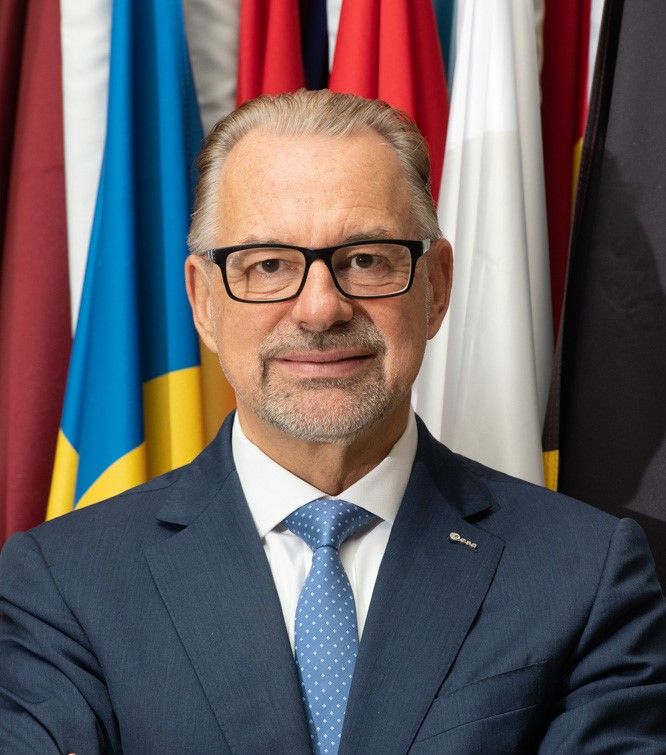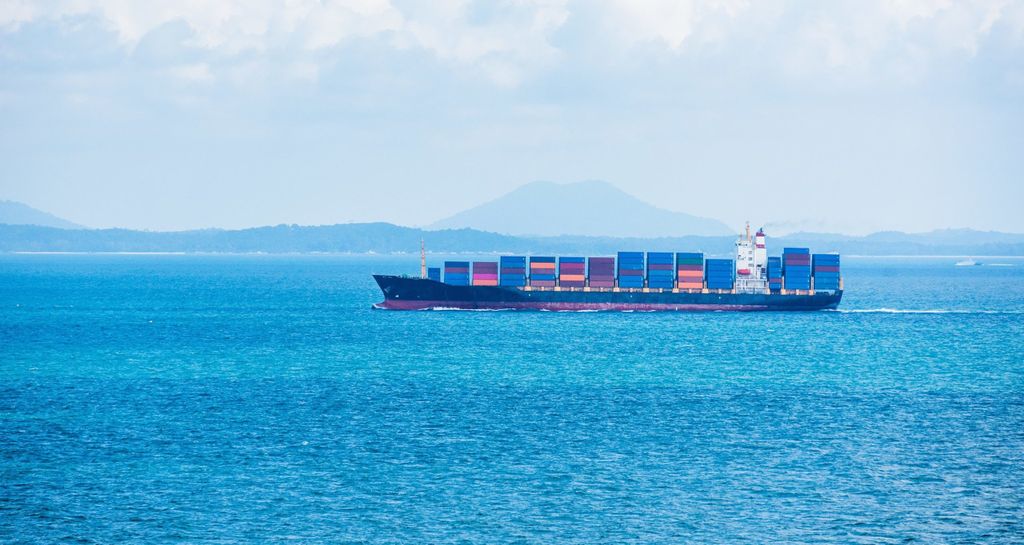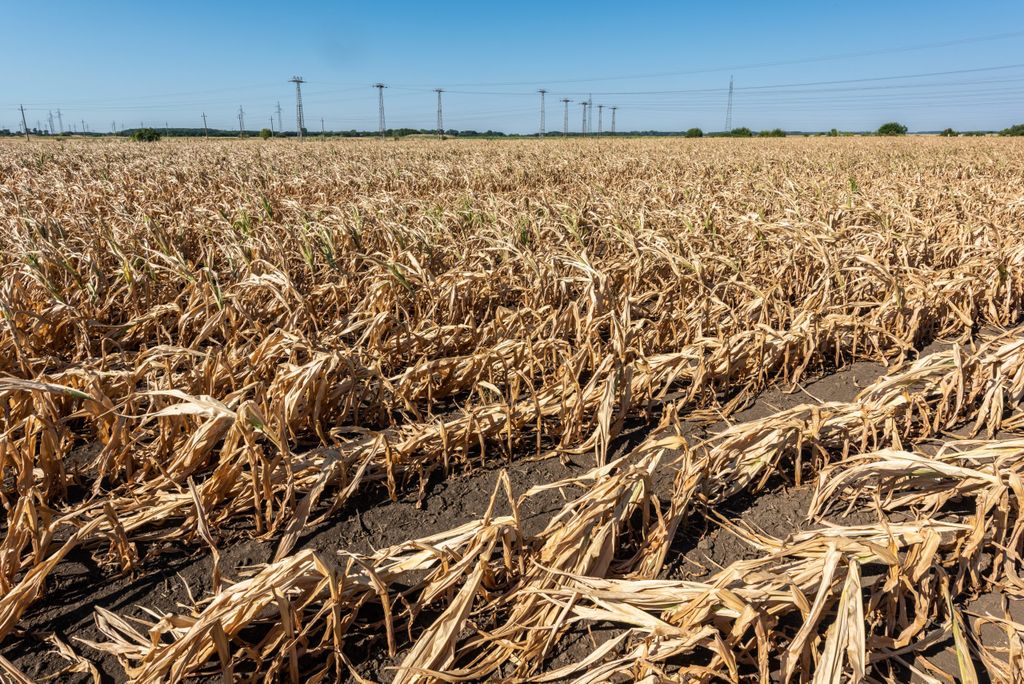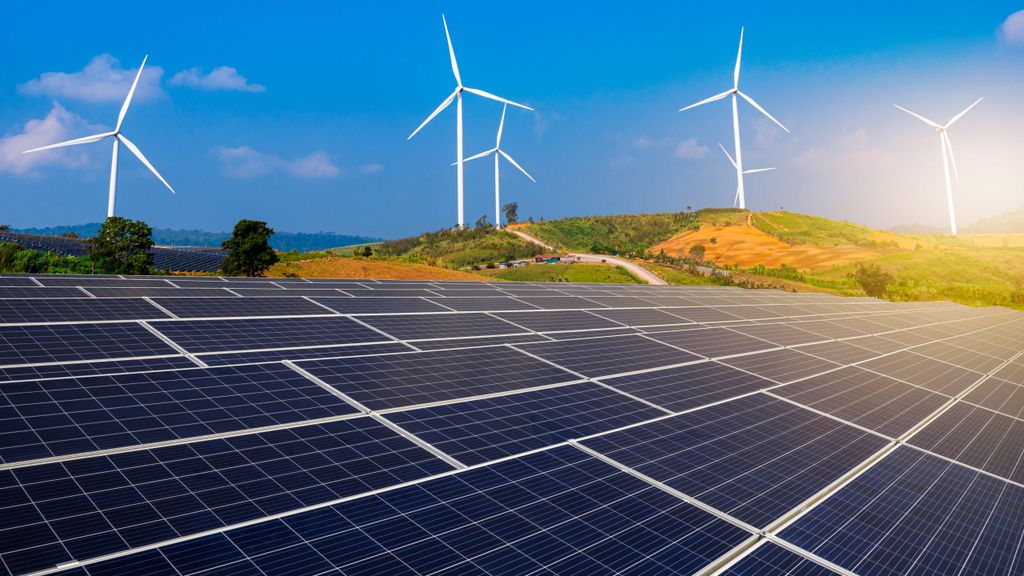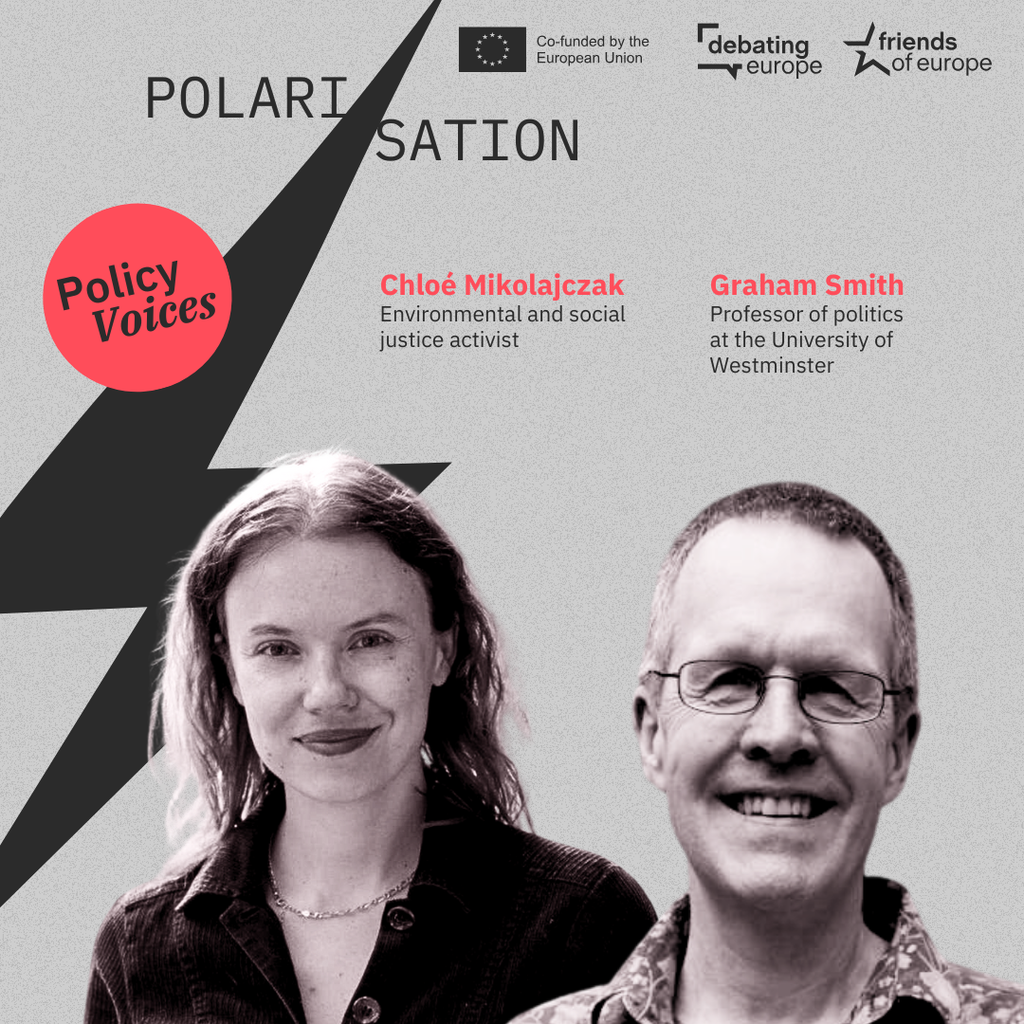
Click here to learn more
Developing and emerging economies face a complex challenge when it comes to their energy infrastructure: they must meet the needs of growing populations that still lack access to basic services like water and electricity but – the climate crisis front and centre – they must also be part of the solution by answering the global climate emergency through innovative efforts to ensure a low-carbon future.
The Paris Agreement, which will officially enter into force in 2020, asks that each country contribute to mitigating and adapting to climate change. Setting it in motion requires collaborative efforts in the field of social, technological and financial innovations as well as the strong commercial development and application of solutions. In this regards, Sustainable Development Goal 7 (SDG 7) aims to ensure access to affordable, reliable, sustainable and modern energy for all, and while the number of people without access to electricity fell to below 1 billion in 2017, there is still a long way to go.
In September 2019, UN Secretary-General António Guterres convened the Climate Action Summit to mobilise political leaders, economic actors, and climate activists around the implementation of the Paris Agreement. With only ten years left to achieve the SDGs, and national governments offering less-than-inspiring solutions to a global crisis, Friends of Europe has brought together some of the key actors from the private sector, think tanks, development agencies, and supranational organisations, to highlight some of the stories of progress on the provision of clean sources of electricity, and the effect it has had on living conditions in a number of economies.
Articles in this discussion paper are published online on a weekly basis, beginning on the day of the United Nations Secretary-General Summit on Climate Action and ending at the time of COP 25 in Santiago. The articles, and the recommendations from the publication, aim to demonstrate that it is possible to achieve SDG 7 well before 2030, and inform the next EU mandate on actions to take. The European Green Deal has a duty to go beyond Europe, and help nations around the world to transition towards sustainable economic and energy growth.
